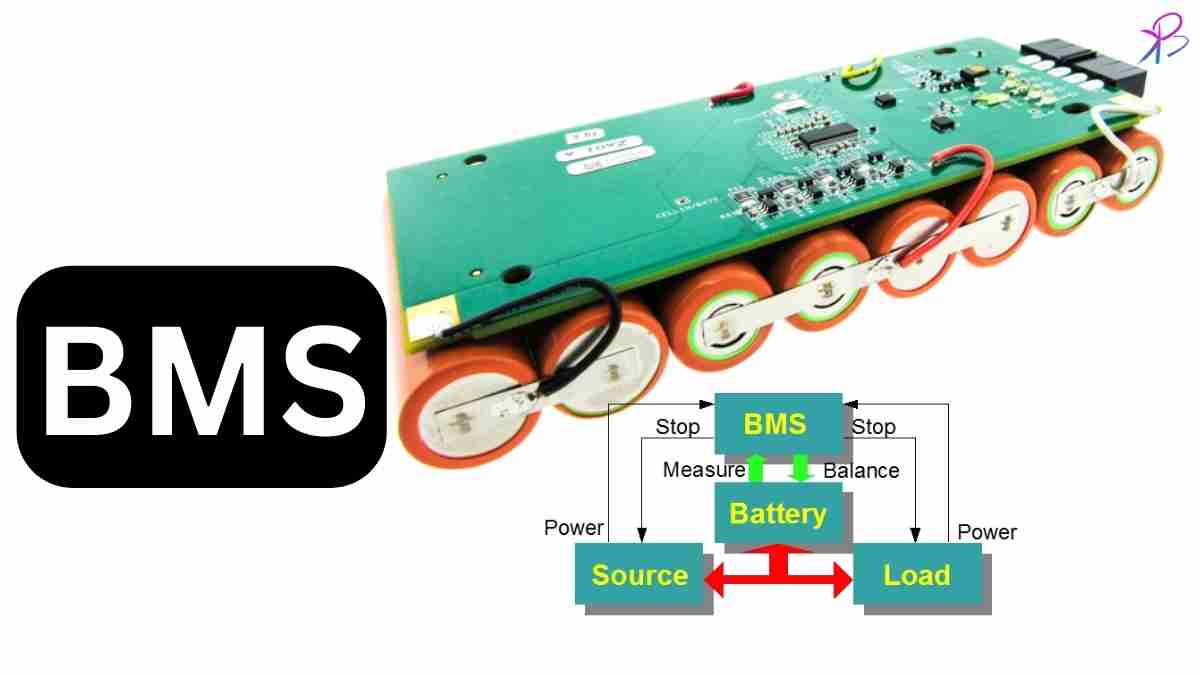Table of Contents
What is a Battery Management System? A Battery Management System (BMS) is crucial for the optimal performance and safety of battery packs used in various electronic devices and energy systems. It acts as the central intelligence system that monitors and manages the electrical charge and ensures all cells within the battery pack are balanced and functioning correctly.
Core Functions of a Battery Management Systems BMS
- Voltage monitoring and control: Each cell in a battery has an optimal voltage range. The BMS constantly monitors these levels to prevent overcharging or undercharging, which can extend the battery's lifespan and maintain its capacity.
- Temperature management: Heat is a battery’s enemy. The BMS actively regulates the temperature of battery cells to prevent overheating, which can cause permanent damage and safety hazards.
- State of charge (SoC) and state of health (SoH) calculations: SoC measures the current charge level relative to its capacity, while SoH assesses the overall condition of the battery over time. These metrics are vital for optimizing battery usage and planning maintenance.
Importance of BMS in Battery Technology The BMS is essential for the longevity, efficiency, and safety of batteries. It's particularly critical in applications where reliability and safety are paramount, such as in electric vehicles and renewable energy storage systems.
Key Components of a BMS

Voltage Monitoring and Control : In Battery Management Systems , Each cell's voltage is precisely monitored to ensure it remains within a safe operational range. This prevents scenarios where cells might overcharge or discharge excessively, leading to potential failure.
Temperature Management The BMS includes temperature sensors that provide real-time data, allowing the system to intervene by adjusting charging rates or even shutting down the system if necessary to avoid thermal runaway.
State of Charge and State of Health Calculations Accurate SoC readings help in determining how much energy is left in the battery, crucial for device usability and energy management. SoH readings help predict the battery's lifespan, influencing maintenance schedules and warranty terms.
Types of Battery Management Systems

image credit : synopsis
Centralized BMS A single BMS unit controls all aspects of the battery pack. While this setup simplifies wiring and can be cost-effective, it might become a bottleneck if the central unit fails.
Modular BMS Here, several BMS modules work together, each responsible for a section of the battery pack. This setup enhances reliability and scalability, as each module can operate independently or be replaced without affecting the entire system.
Distributed BMS In this system, each cell or small group of cells has its own BMS. This allows for very detailed management and immediate response to issues at the cell level, which improves the overall efficiency and safety of the battery system.
Advanced Technologies in BMS
Integration of IoT for Smarter Monitoring IoT-enabled BMS systems can transmit real-time data to networked devices, allowing for remote monitoring and management. This technology enables predictive maintenance, where potential issues can be addressed before they lead to failure.
AI and Machine Learning for Predictive Maintenance By analyzing vast amounts of data, AI algorithms can predict battery failures, recommend optimal charging times, and even adjust the battery's parameters to improve performance and extend its life.
Challenges and Solutions in BMS Development
Technical Challenges and Current Limitations One of the main challenges is the complexity of managing batteries in diverse environments and applications. BMS developers must create flexible systems that can adapt to different types of batteries and usage conditions.
Innovative Solutions in the Industry Innovations such as wireless BMS technology reduce the complexity and cost of installation. Companies are also exploring advanced chemistries and new algorithms that can enhance the precision of SoC and SoH measurements.
The Future of Battery Management Systems
As the demand for efficient energy storage continues to grow, the role of BMS will become even more critical. Future developments might include more autonomous systems, capable of self-repairing and updating their functionalities through over-the-air software updates.
Conclusion
The evolution of Battery Management Systems represents a significant advancement in our ability to efficiently and safely utilize energy. As technology progresses, the capabilities of BMS will continue to expand, playing a crucial role in the future of energy across a variety of industries.
For help in modelling in any FEA, FDTD, DFT Simulation / Modelling work, you can contact us (bkcademy.in@gmail.com) or in any platform.
Interested to Learn Engineering modelling? Check our Courses?
check out our YouTube channel
u can follow us on social media
Share the resource
-.-.-.-.-.-.-.-.-.().-.-.-.-.-.-.-.-.-
© bkacademy
